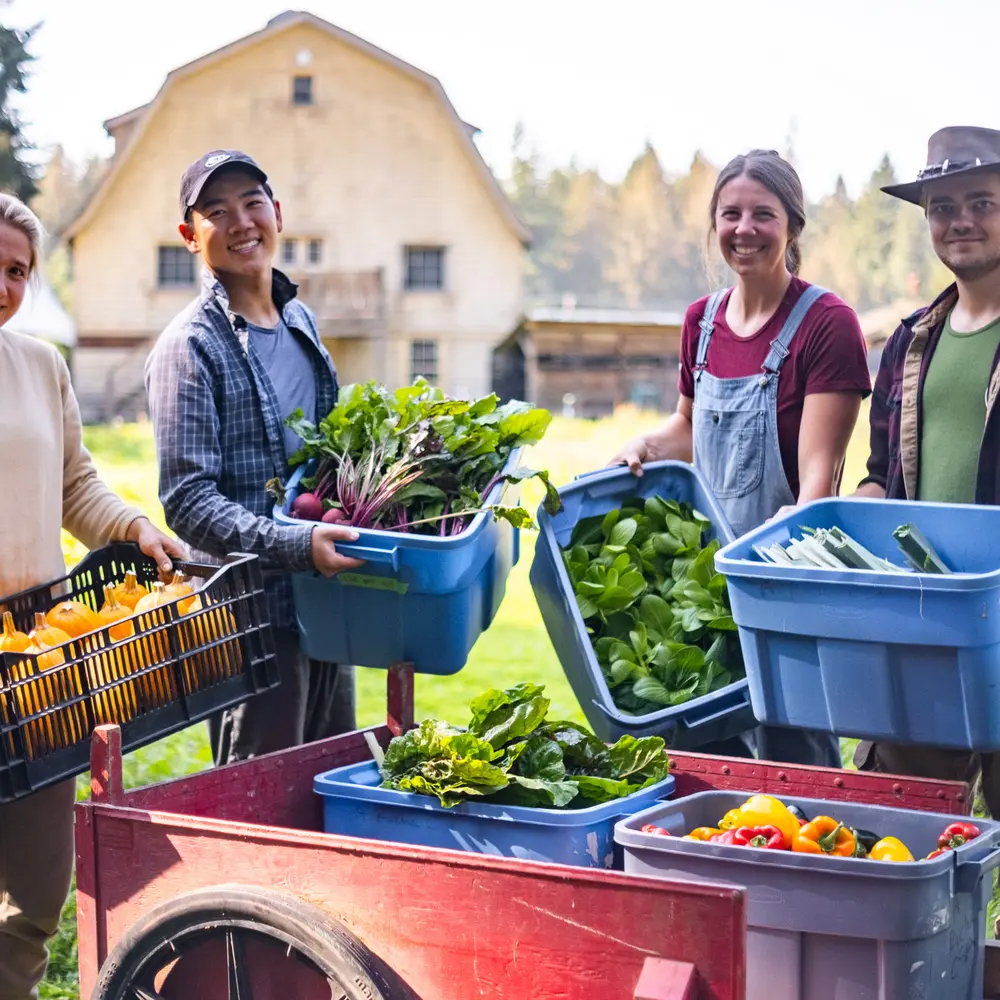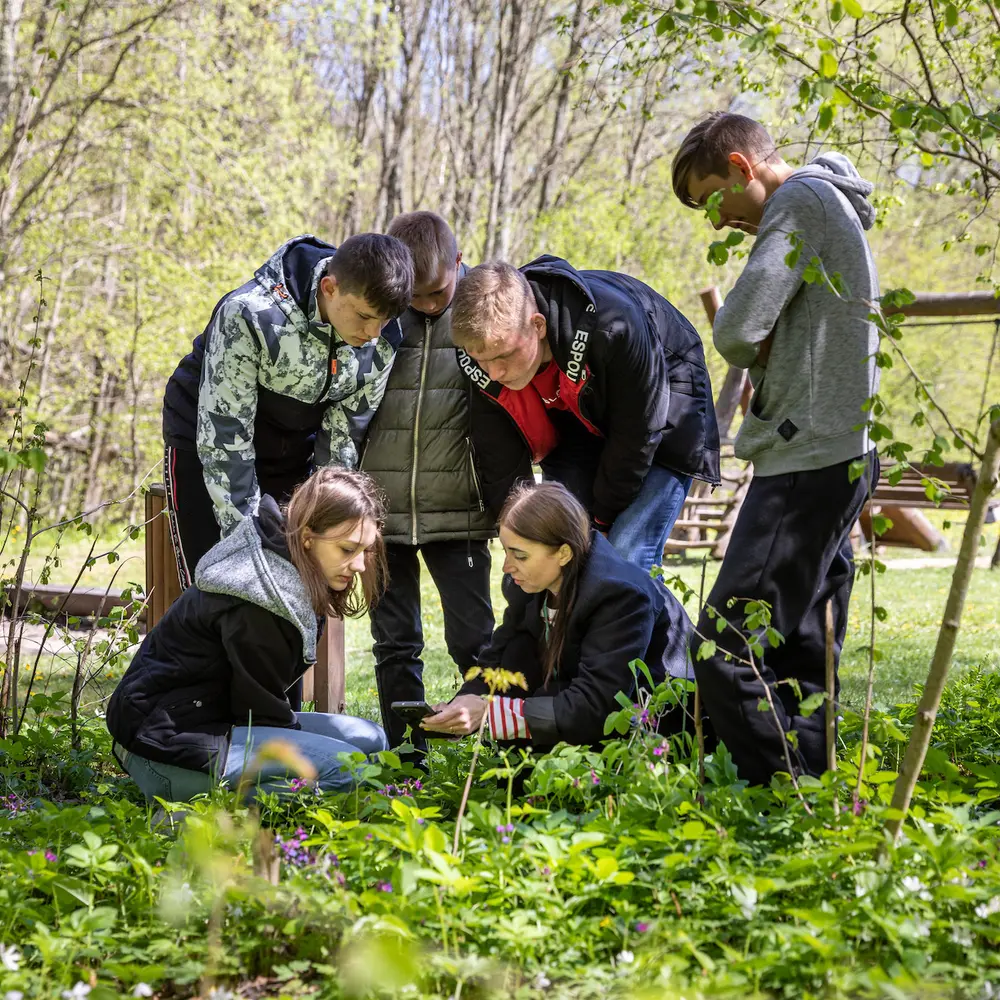by David Austin • April 2017
Resurrecting an ancient approach to cultivating donors.
“Use worldly wealth to gain friends for yourselves.”
Does the quote above strike you as strange? If so, you’re not alone. Most people recoil at the idea of using money to influence friendship, because leveraging money for friendship seems cold, calculating and downright offensive.
So you might be surprised to learn that this principle represents an ancient approach that one poverty-fighting organization has used to transform the way it views beneficiaries and donors. Perhaps nonprofits could learn from this shrewd example and counter-intuitive bit of wisdom.
It’s crucial to note that the idea is not to use people to gain their money. In fact, it’s just the opposite: it’s about using money to gain friends. In other words, your finances, like your time and talents, are a way to invest in relationships, because relationships matter more than the money. After all, when the money runs out, the friends (the real friends anyway) are still around.
The organization referenced above connects donors to needy children in developing countries and encourages the children and their sponsors to correspond. The children receive support to get education, vaccines and nutrition, but needy children aren’t the only ones who benefit. The transformation of the children transforms how donors think about the sponsorship, money and even themselves. Over time the donor begins to invest emotionally in the achievements of the child by celebrating life events such as graduation from primary school and academic and athletic awards—just as they might with their own children. At the same time the children learn that there are people outside of their community who care for them. All parties gain a deeper appreciation for the little things in life that make us all human. Children in foreign countries start to become part of the fabric of the sponsoring family, and the world gets a little smaller.
On several occasions, donors and their families have traveled to see their sponsored child, met his or her family and toured the schools, clinics and communities where the child was raised. These trips are transformative for all involved. As these relationships flourished, the organization had a realization: it had been thinking about its donors simply as funders, when in fact they too were beneficiaries, profiting in important ways from this investment. The donors’ lives were being changed through the relationships with the kids. Over the years, these donors became more concerned about global poverty, economic development and social justice. Donors began badgering the organization with “What more can we do?” questions. The vice president of development realized the donors were becoming anti-poverty advocates, taking up the organization’s mission personally and raising awareness at a scale beyond what the organization had the capacity to do alone. This is what happens when donors become friends—they take up your mission and incorporate it into their own lives.
Money is one of the most powerful tools to create meaningful relationships—when it is used to serve friends. Most people faintly recognize the importance of this principle. But it is typically only leveraged in basic donor engagement strategies, such as taking donors to lunch. But picking up a tab should simply be a first step in an ongoing strategy that communicates that the person across the table means a lot to the organization and the people the organization aims to serve.
When donors are considered mutual beneficiaries, the focus is not on using the relationship to get money, but on using money to provide a pathway for the donor to become a friend and partner in the work. When that happens, relationships deepen and commitment to the mission grows. When the relationship matters more than the money, you get the whole person, not just a check. When people give their hearts to the organization and its mission, you get a network, and possibly a movement that can change lives and the world we live in.
This method is not limited to organizations working with kids in developing countries like Mercy Corps, SPOON Foundation or World Vision; we see it working here in the Northwest with Boys and Girls Clubs, Friends of the Children, hospitals, schools and in everyday relationships.
At the M.J. Murdock Charitable Trust, we measure our success not by how much money our investments earn or how much we give away each year. We measure our success by the successes of the organizations with whom we partner and the relationships we build. We believe that honoring the legacy of our benefactor requires us to honor and invest in quality relationships with our nonprofit partners, investment partners and philanthropic colleagues. We find the dividends and benefits culturally, educationally and socially continue to grow in communities across our region and beyond.
That opening quote from the ancient Middle East is more than 2,000 years old and still brings wisdom and shalom into our world today.
David Austin is a program director at the M.J. Murdock Charitable Trust.
The post A Long-Term Investment Strategy appeared first on M. J. Murdock Charitable Trust.








